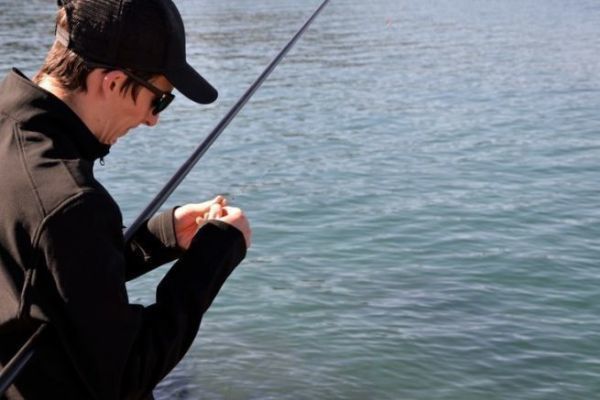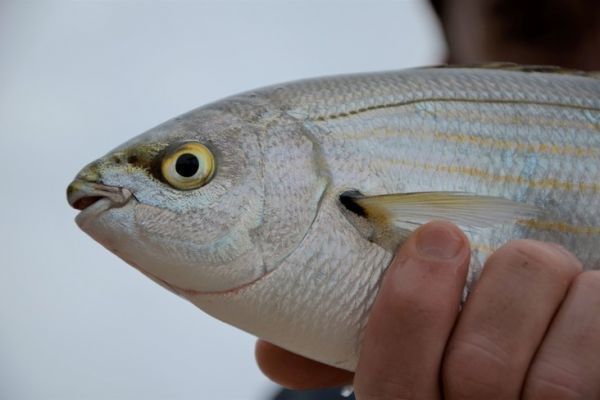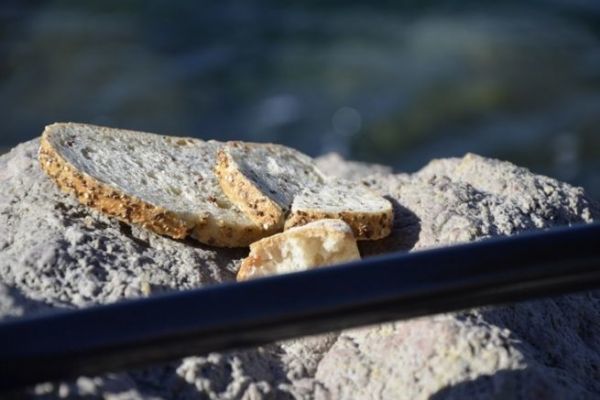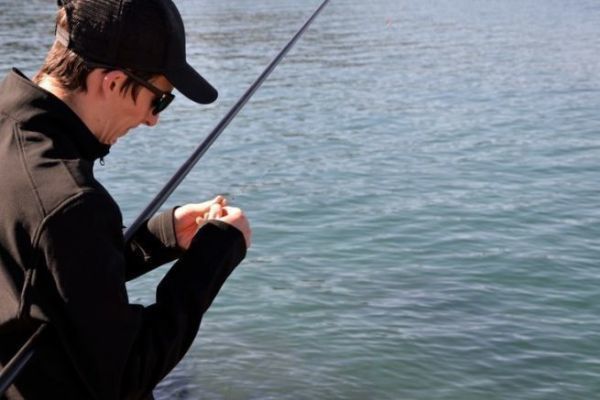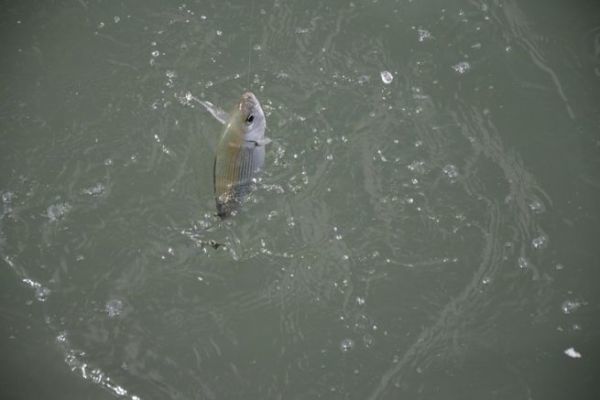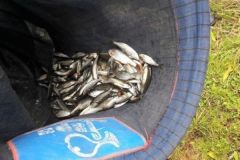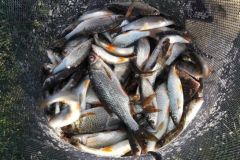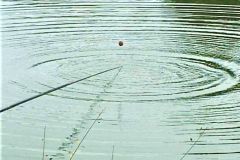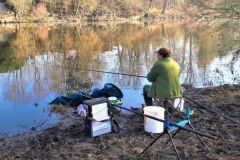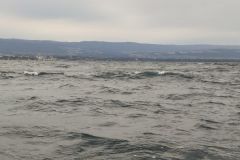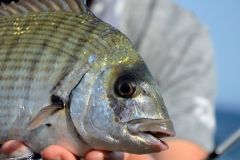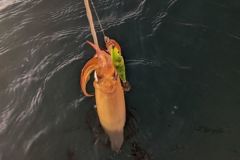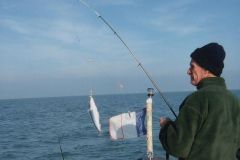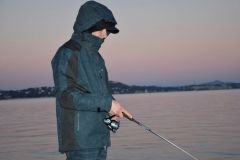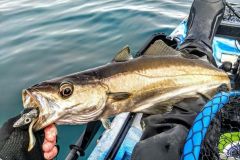The cane to choose
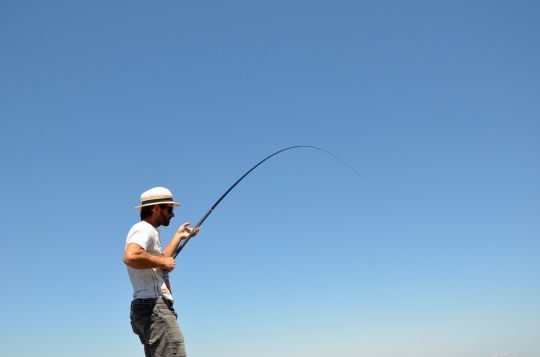
To begin sea angling, several things must be taken into account. First, the length of the rod, which must be long enough to fish far, but short enough to remain manageable in fishing action. Avoid long rods, over 8 meters, which are difficult to handle when you are a beginner. Very long rods also require a complete setup with a seat, rod rest and landing net.
The short rods allow you to fish in roaming more easily, 1 hour in a place then 1 hour elsewhere if the fish are not present. Lengths of 5 or 6 meters are perfectly suited to the majority of fishing areas that can be found on our coast.
If you're looking to target big fish, rods with internal bungee cords can be a good asset when fighting. For small fish (less than 300 grams), a classic rod will be ideal.
The line body and the float
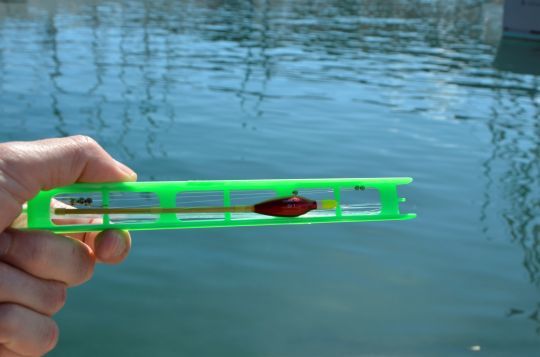
Sea fish are much more combative than the classic freshwater fish. The equipment must be solid so that it does not break down during the fight.
The line body can be thin, provided you target small fish. Otherwise, you'll need to use at least 20-centimeter line, or more if you're targeting large mullet, sauper or bream. Without a bungee rod, 24-hundredths will not break every time the fish starts to move, although you will probably have to follow it as it moves.
Choose floats that are stable, with a fairly round profile, that will not have trouble staying afloat if waves come to bother you. The smallest float to have in its box is a 1 gram float, largely sufficient for fine fishing. As for the bigger one, you can go up to 3 or 4 grams if the line needs to be heavily weighted to avoid drifting in currents, or to sink quickly while avoiding small fish on the surface.
Leaders and hooks
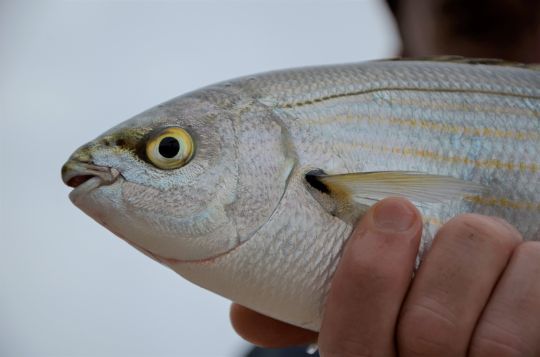
The leader and hook you use must be adapted to the sea. The jaws of some fish are equipped with teeth, which can easily cut a too thin line. Other fish, such as sparids, can easily crush a too-thin iron hook with their powerful jaws.
Fine fishing can be done with 16 or 18 hundredths and a 14 hook. However, fishing for big fish requires a 20 or 22 hundredths leader and a strong 8 iron hook. Always take the time to check your leader and the sharpness of your hook after each catch to avoid disappointment.

 /
/ 